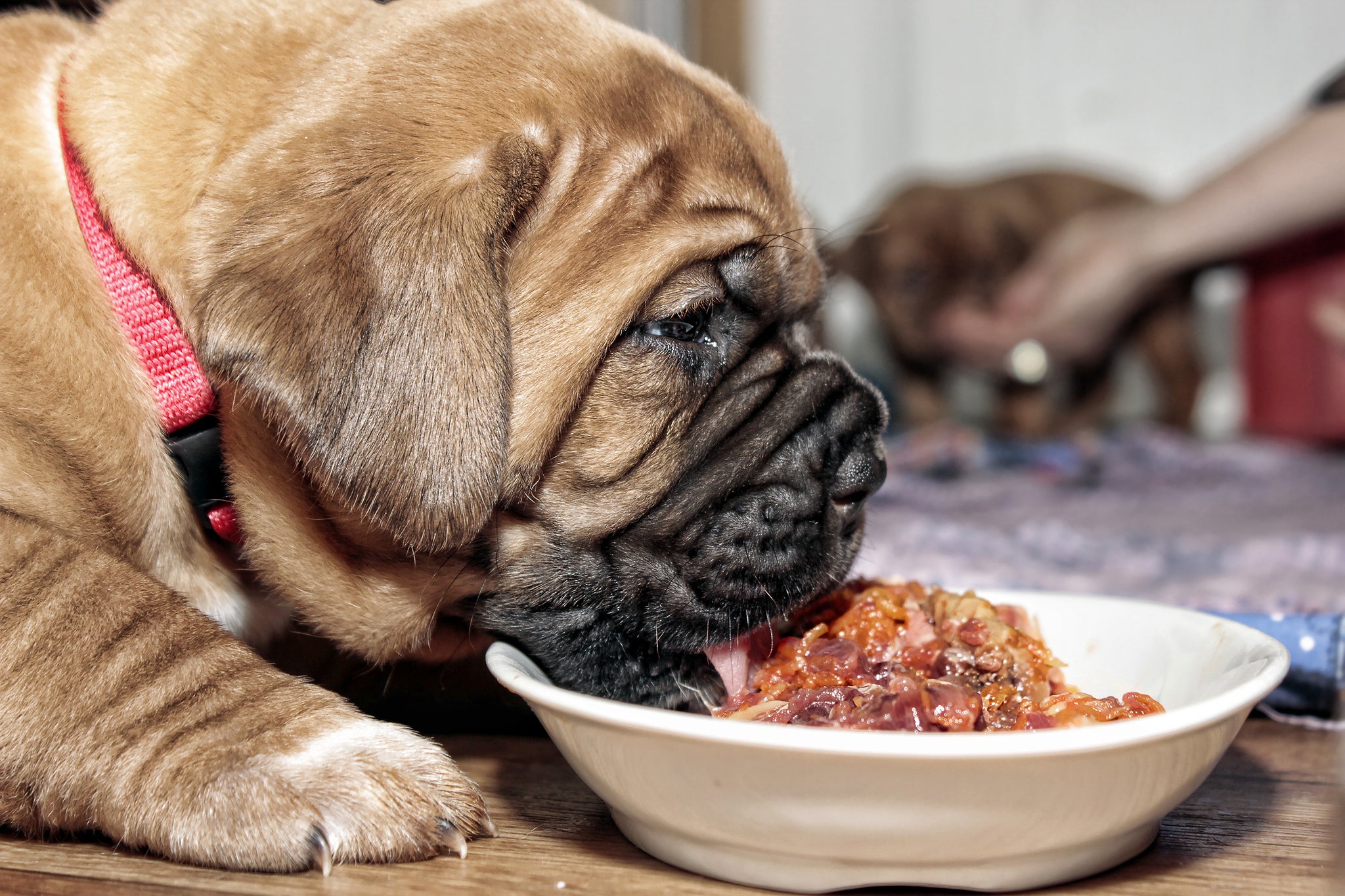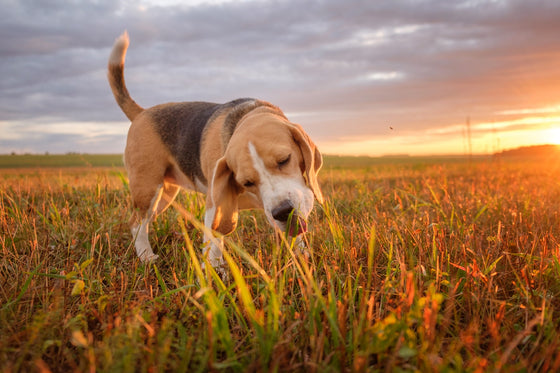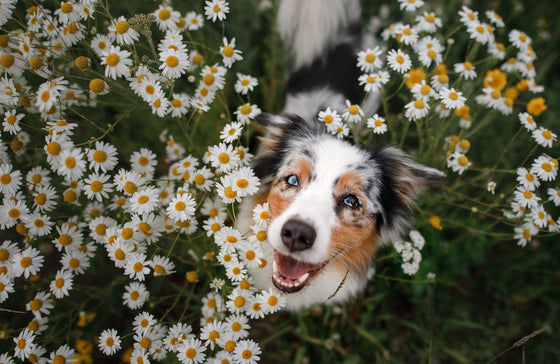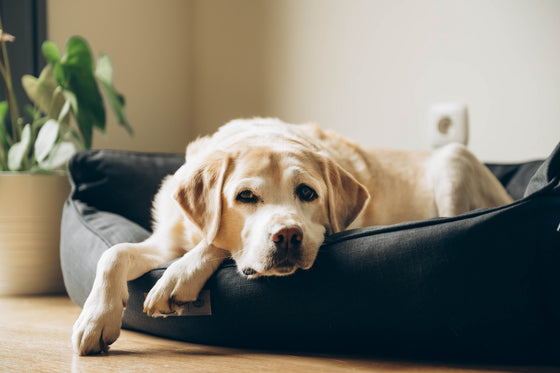
Many dogs today are fatter than ever before. In the U.S. it is estimated that 45% of all dogs are overweight or obese. That's pretty bad. An overweight dog is more likely to suffer from diabetes, heart disease, arthritis, high blood pressure, etc.
A recent study showed that if you can help your dog maintain a healthy body weight, they can live almost two years longer and healthier than dogs that are overweight. The sad reality is that most owners don't realize that their dog is overweight. Others do not like to admit that their dog is overweight or they reason that their dog does not eat much and thus, cannot possibly be overweight. However, vets report that nearly half of the dogs they see are overweight with less than half of their owners agreeing.
Check with your vet to see what your dog's ideal weight is. Another quick method to determine your pup's weight condition is by checking the following:
Does my dog have an hourglass shape?
Can you feel your dog's ribs easily?
Can you see your dog's waist?
If the answer to the above questions are all "no", then there is a good possibility that your dog needs to work on losing weight.
Once you have your dog's ideal weight down, you can then calculate the amount of calories appropriate for your dog's daily diet. You can use this Dog Food Calculator to determine the daily amount of calories. To control your dog's weight, you need to first figure out how many calories are in a cup of your dog's food and feed them accordingly. 
Most dogs are just given a lot of food in their bowl and allowed to eat it whenever they want throughout the day. This is a very poor method as dogs, like humans, will eat when they are bored, not just when they're hungry. This, in turn, can make it more challenging for them to achieve weight loss.
Instead, the correct way to feed your dog is to give them two to four small portions a day. In addition, the total number of calories for all the meals + treats combined must equal the amount of daily calories needed to achieve weight loss. If keeping up with this method is difficult, you can set an alarm to remind yourself or try timed automatic feeders.
When implementing your dog's weight loss diet, you may notice that you are feeding your dog a lot less than before and that your dog may be less satisfied and may beg you for more food. What can you do? Make sure to choose quality dog food with:
1. Above average protein
2. Less calories
3. Less Fat
Doing so can help your dog feel more satisfied after each meal and make it easier for your to help stick to your dog's diet.

Just like humans, you need to incorporate some exercise with diet to achieve weight loss. However, since more and more American adults do not participate in much physical activity, our dogs are also not getting the exercise they need. So, get out and get your dog moving as well. Take a walk or jog with them. You can take them for a swim. play fetch, or climb stairs. At least 30 minutes of exercise a day can help your dog with its weight loss and help you too as well!
Weigh your dog at least once every one to two weeks. If you are sticking strictly to the recommended calorie intake for your dog, they should be able to lose about 1-2% of their body weight a week. Also, make sure that you're not sneaking your pup extra food or treats during this time. If it's still not working, then perhaps their daily calorie intake may need to be reduced further.
Once your dog reaches his ideal, healthy weight, you can check with your vet as to what would now be a healthy daily calorie intake for your dog. It is a good idea to continue weighing and monitoring your dog's weight for any changes and keeping a log of it. Doing so can help your dog maintain their ideal weight and live a healthier life.


Spring is finally here, and as a dog owner, it's important to make sure your furry friend is ready for the season. With a little bit of effort, you can help your furry friend transition smoothly into the spring season.
Here are seven dog care tips to keep in mind:
